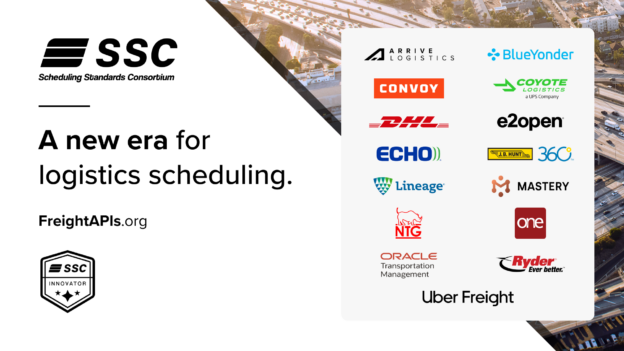Is 2022 the end of globalization?
Industry Insights • Published on August 1, 2022
The news is full of headlines about global supply chain disruptions leading to inflation, production and shipping delays, inventory issues, and a growing interest in moving away from global dependencies.
At North America’s largest tech conference, Collision, I was asked the question “Is this the end of globalization”?
Globalization is not close to being dead, but the risk premium of being dependent on a global supply chain to run your business is higher than it has been in decades.
Why is globalization sticking around despite all the challenges? At the most fundamental level, natural resources, education, and labor costs are not spread evenly around the world, and most of the products and foods that we enjoy flow through multiple regions or countries from source to consumption. We would have to greatly alter our habits and lower our quality of life if we did not source and produce goods around the world, and generally people do not make that choice. For example, a ballpoint pen’s steel tip, plastic tube, and ink are all sourced from different countries before being shipped for manufacturing in France or the U.S., and then shipped yet again to a retail store or distributor. People want ballpoint pens. A quick trip to the supermarket offers grapes from Chile, avocados from Mexico, peppers from Peru, spices from India, and tilapia from China. A single package of Lipton tea includes leaves from dozens of countries and production occurs in lower cost regions. Without major changes to what we buy, we simply can’t source, produce, and consume everything we rely on from just one region or country.
Improved quality of life isn’t just for developed countries like the United States. Global trade and production of goods have caused money to flow into a wider range of producer countries and enabled us to generally increase the average well-being of people around the globe (the economist), including higher average incomes and better local infrastructure.
The power of so many countries’ with trade dependencies led to relative stability in global trade, even in spite of ideological differences between countries. This stability led to predictability and confidence that global product investments would pay off. The general reliability of the system, e.g., producing goods in China for US consumption, allowed companies to plan around a global sourcing strategy with confidence that raw materials, manufacturing, and global shipping would deliver on time. This led to the “just in time” production and shipping mindset, and low inventory levels that are more capital efficient.
Supply chains worked well enough to be boring.
Then, things stopped working. With COVID, swings in consumer spending driven by stimulus and shutdowns, imbalances in the supply and demand of freight transportation, port and policy-led delays, spiking shipping costs, the Ukraine war disrupting food and fuel, and more, made the global supply chain slower and less reliable with more volatile costs. Sourcing from overseas went from feeling like a smart no-brainer, to a risky proposition.
The effect of this is that companies are examining the stability of their own supply chains and considering changes to reduce risk. We see more companies looking to move their production plants to Mexico (near-shoring) while also implementing automation in the U.S. and launching new exploration for natural resources, or investing to find locally available substitutes. Leaders are switching from “just in time” to “just in case” to solve for predictability in the long term.
In the coming years we expect to see a new wave of investments (and startups) building alternative stable-chains that optimize for stability and predictability over cost alone. While at the same time the incumbent supply chains will recover and return to relative normalcy. Now that companies have seen how painful things can get when they go wrong, the door will be open for considering change.
Lastly, in any supply chain setup, using data and technology to run things more efficiently will be instrumental for improvement. This is table stakes for building a more compelling and productive system, and it will be critical no matter how the freight is flowing.
Watch the full panel.



